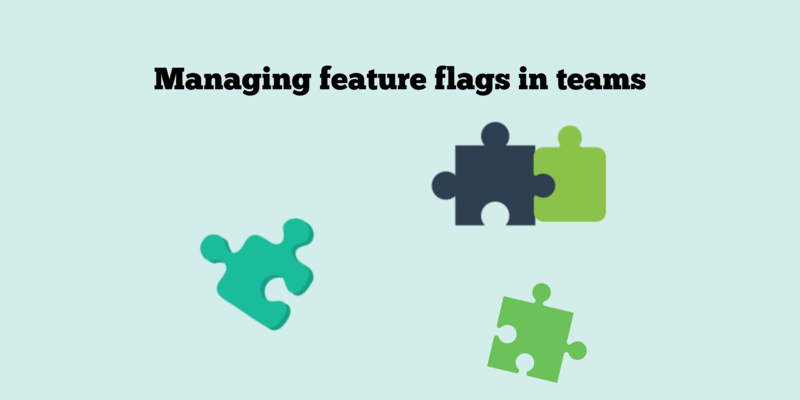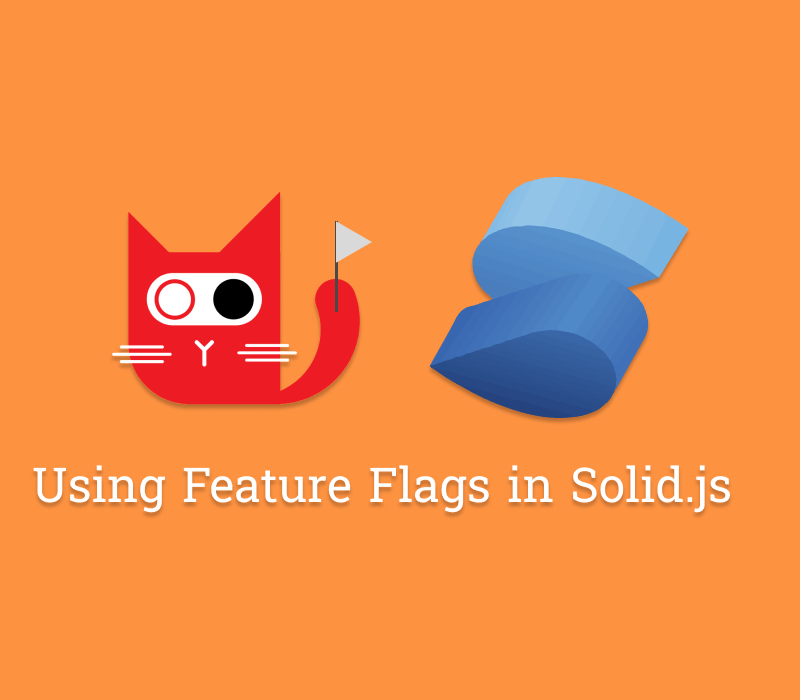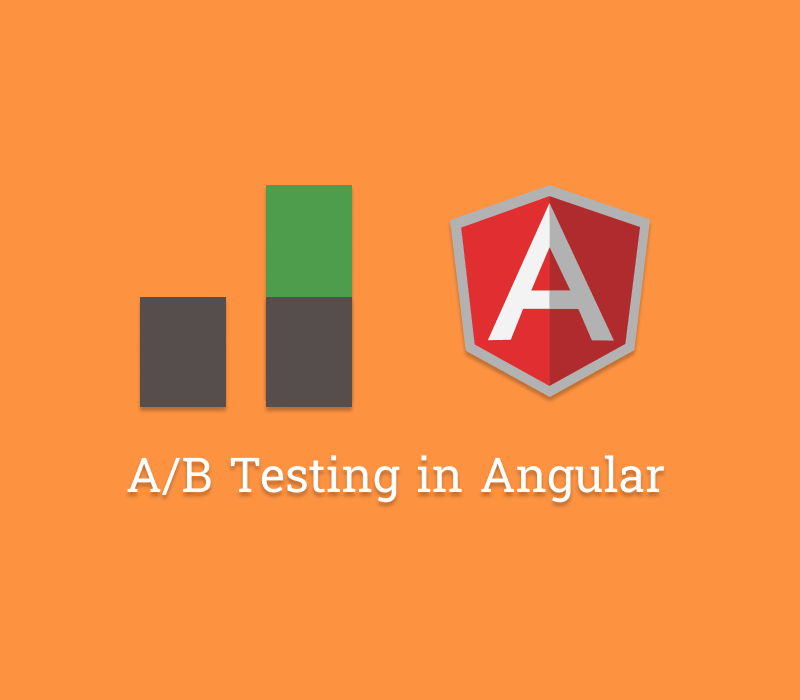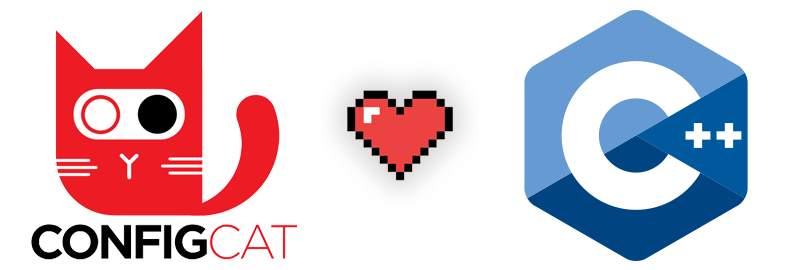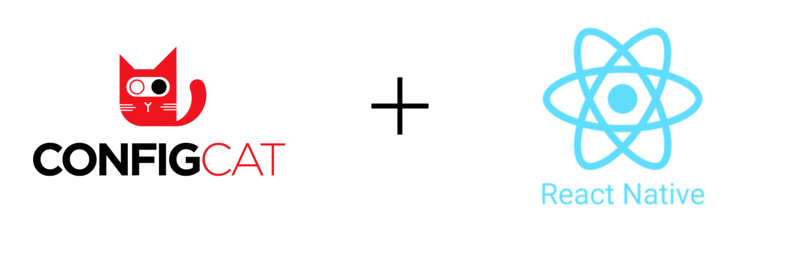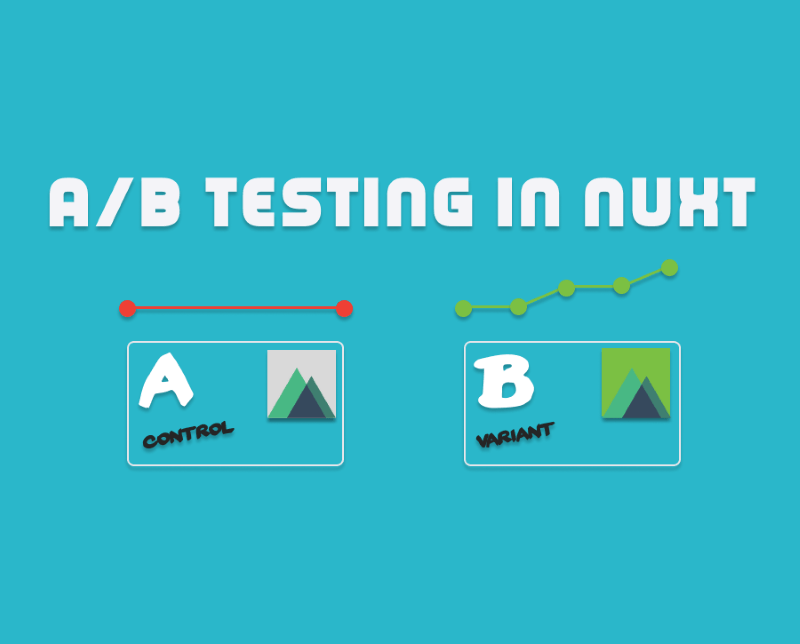Feature Flags in a .NET6 Application
Autumn of 2021 saw the release of the newest .NET version, .NET6. This new release brought some updates that could potentially make a developer’s life easier, such as improved performance and a simpler development process. With less code to write and productivity tools like hot reloading, the new .NET was quickly adopted by developers all over the world.

Even before the new release, .NET had a wide range of utilities and has risen to become of the most popular frameworks available. Whether you’re migrating from an older version or just getting started on a new project, you may be wondering what feature management solutions are available to you. I wondered as well, so in this tutorial, I’ll go over one of the best - using feature flags.


